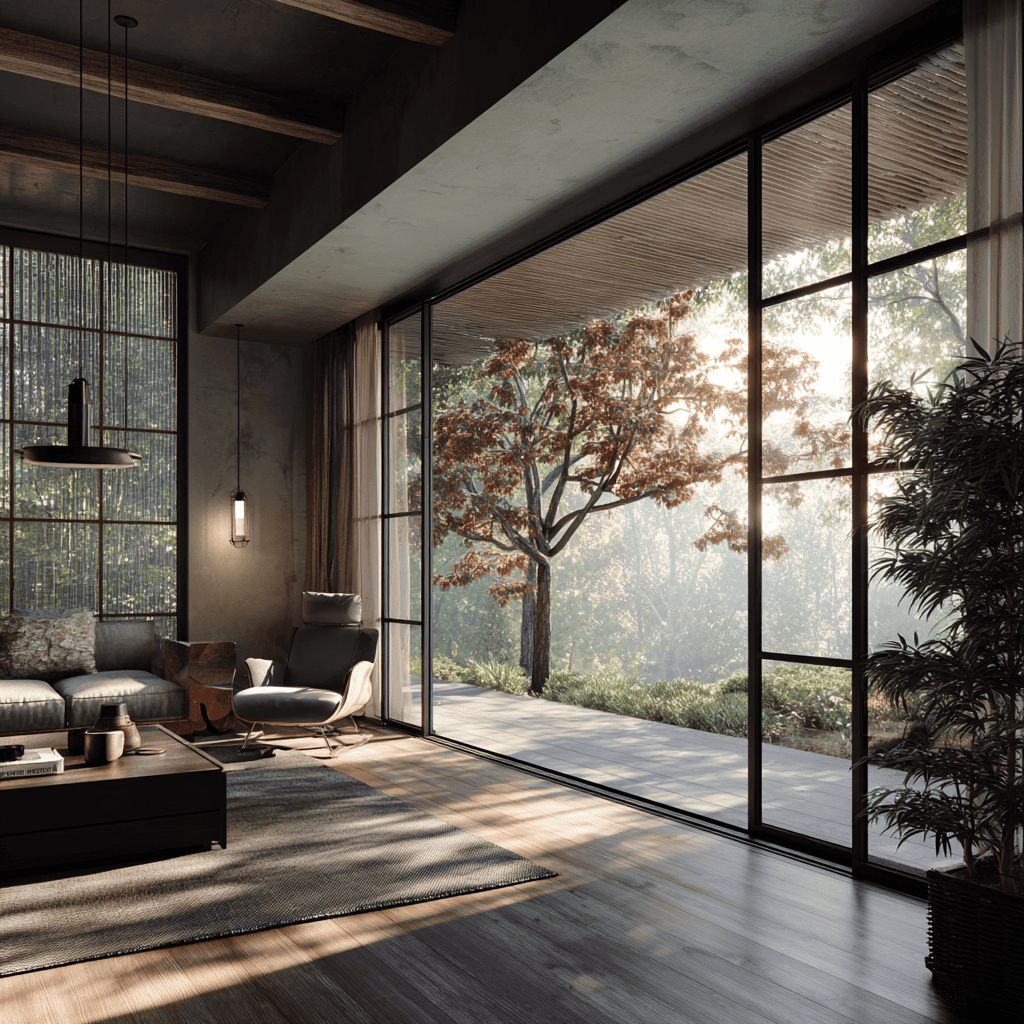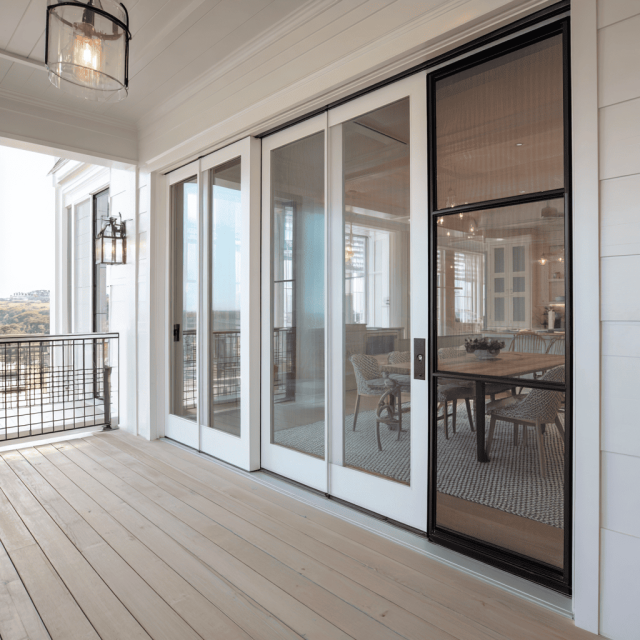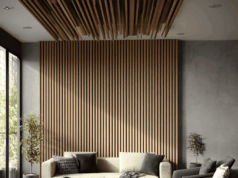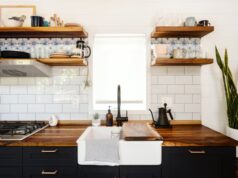As energy costs continue to rise and environmental awareness grows, homeowners are searching for smart ways to keep their homes cool without over-relying on air conditioning. One surprisingly effective solution? Sliding screen doors—a simple upgrade that enhances airflow, blocks heat, and reduces energy consumption. And if you’re looking for maximum efficiency, investing in the best custom screens ensures a perfect fit and optimal performance for your home.
By allowing fresh air to circulate while keeping insects and debris out, sliding screen doors create a natural cooling system that can significantly lower your energy bills. Let’s explore how these innovative doors contribute to a more sustainable and cost-effective home.
1. Natural Ventilation Reduces AC Dependency
 One of the biggest energy-saving benefits of sliding screen doors is their ability to promote cross-ventilation, which helps regulate indoor temperatures naturally.
One of the biggest energy-saving benefits of sliding screen doors is their ability to promote cross-ventilation, which helps regulate indoor temperatures naturally.
How It Works:
- Open your solid door and let the screen filter in cool breezes.
- Stale, hot air escapes while fresh air flows through.
- Reduces the need for constant air conditioning.
Impact On Energy Bills:
✔ Lower electricity usage – Less AC runtime means lower monthly costs.
✔ Extended HVAC lifespan – Reduced strain on your cooling system.
✔ Healthier indoor air – Less recirculated air means fewer allergens.
2. Solar Heat Blocking Without Sacrificing Light
Modern sliding screen doors aren’t just bug barriers—many now feature advanced materials that filter sunlight while still allowing natural illumination.
Key Features:
- UV-resistant mesh – Reduces heat transfer without darkening rooms.
- Solar-reflective coatings – Bounces back infrared rays before they warm your home.
- Adjustable screens – Retractable options for when you want full sunlight.
Temperature Regulation Benefits:
🌡️ Keeps interiors cooler by blocking heat before it enters.
💡 Maintains brightness without the harsh glare of direct sun.
🌿 Protects furniture from sun damage and fading.
3. Insulating Air Gap For Better Climate Control
A high-quality sliding screen door creates an insulating air buffer between your home and the outdoors, acting as a thermal barrier.
How It Helps:
- Winter: Traps a layer of air that reduces cold drafts.
- Summer: Prevents hot outdoor air from immediately warming interiors.
- Year-round: Stabilizes indoor temperatures for consistent comfort.
Best Custom Screens For Insulation:
For maximum efficiency, look for:
✔ Double-layer mesh – Extra insulation properties.
✔ Tight-sealing frames – Minimizes air leaks.
✔ Thermal edge barriers – Reduces conductive heat transfer.
4. Smart Design Complements Passive Cooling Strategies
When paired with other energy-saving techniques, sliding screen doors enhance passive cooling for even greater efficiency.
Perfect Pairings:
| Strategy | How Screens Help |
|---|---|
| Ceiling Fans | Improves airflow circulation |
| Window Screens | Creates whole-house ventilation |
| Shade Trees | Filters sunlight before it hits screens |
| Thermal Mass Floors | Cool night air helps reset temps |
Architectural Bonus:
Homes designed with stack ventilation (high windows + low doors) see the biggest benefits from screen doors, as they help hot air rise and escape naturally.
5. Energy-Efficient Materials For Long-Term Savings
Not all screen doors are created equal—the best custom screens use advanced materials designed specifically for climate control.
Top Energy-Saving Options:
🔹 Phifer Super Screen – Blocks up to 70% of solar heat
🔹 Solar Mesh Pro – Reflects infrared radiation
🔹 Vue® Fine Fiberglass – Nearly invisible while filtering UV rays
Cost vs. Savings Breakdown:
| Investment | Avg. Cost | Annual Cooling Savings |
|---|---|---|
| Standard Screen Door | $200-$500 | $100-$300 |
| High-Efficiency Custom Screen | $600-$1200 | $300-$600 |
*Most homeowners recoup costs in 2-4 years through energy savings alone.*
6. Real-World Results: Case Studies
Phoenix, AZ Retrofit
- Before: $450/month summer cooling bills
- After: Installed solar-reflective sliding screens + ceiling fans
- Result: 35% reduction ($157/month savings)
Florida Coastal Home
- Challenge: Salt air corrosion + high humidity
- Solution: Marine-grade aluminum screens
- Outcome: Improved airflow + 28% lower dehumidifier use
7. Choosing The Right Screen For Your Climate
Maximize energy savings by selecting screens suited to your region:
Hot & Dry Climates (SW USA)
✔ Darker mesh to absorb less heat
✔ Tight-weave dust filtration
Humid Regions (Southeast)
✔ Mold/mildew resistant frames
✔ Maximum airflow designs
Temperate Zones (Pacific NW)
✔ Light-filtering options
✔ Easy-remove panels for seasonal changes
8. Beyond Summer: Year-Round Benefits
While most focus on cooling, sliding screen doors also:
❄️ Winter: Allow sunlight to naturally warm interiors
🍂 Spring/Fall: Enable comfortable ventilation during mild weather
🌧️ Rainy Seasons: Permit open doors without water intrusion (with proper overhangs)
A Cooler Home Starts At The Door
Sliding screen doors represent one of the most cost-effective energy upgrades a homeowner can make. By facilitating natural airflow, blocking solar heat gain, and complementing other efficiency strategies, they deliver measurable reductions in cooling costs while enhancing everyday comfort.
For optimal performance, invest in the best custom screens tailored to your home’s specific needs. Whether you’re looking to shrink your carbon footprint, lower utility bills, or simply enjoy more fresh air, these innovative doors prove that sometimes the simplest solutions are the most powerful.
Ready to breathe easier and save money? Your energy-efficient home transformation starts with one smart screen door!








